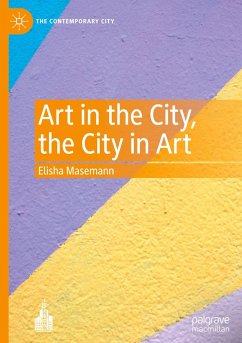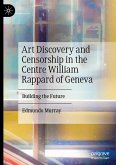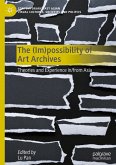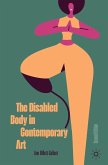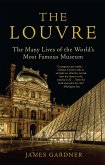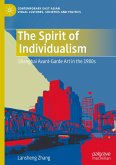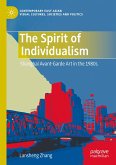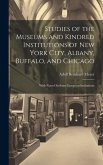This Book examines an interplay between discourses on the city that stress the
need for rational-functional order and art's imaginative deviations from the topdown
structures of urban life. Moving between theory and praxis, the book
situates the city as both a concept and physical construct through which lives and
possibilities are shaped or defined. In response, certain modalities of art create
spontaneous, non-rational and playful interludes that risk escape from the urban
apparatus and a hyper-valorisation of rational order. A three-part framework is
used to discuss this push-pull dynamic and to assess the strategies of shock,
performative embodiment and intervention that emerged in post-war art
movements and in contemporary performance and participatory art practices.
The book examines how the disturbances introduced by artists throw the city
construct into sharp relief, making it visible and activating momentary encounters
where new modes of expression can emerge.
This Book offers a new approach to interdisciplinary studies of art and urbanity.
The book aims to delineate how the city-as concept and construct-is made
visible through artistic practice and in turn challenged or interrogated. Students,
researchers and professionals with an interest in the interaction between art and
urban studies will discover a new perspective on how urban conditions and issues
have been addressed through artistic practice. The book contributes to an
evolving discourse in the urban humanities through an exposition of the city's
default construct that is made visible or reimagined through visual art in public
spaces.
need for rational-functional order and art's imaginative deviations from the topdown
structures of urban life. Moving between theory and praxis, the book
situates the city as both a concept and physical construct through which lives and
possibilities are shaped or defined. In response, certain modalities of art create
spontaneous, non-rational and playful interludes that risk escape from the urban
apparatus and a hyper-valorisation of rational order. A three-part framework is
used to discuss this push-pull dynamic and to assess the strategies of shock,
performative embodiment and intervention that emerged in post-war art
movements and in contemporary performance and participatory art practices.
The book examines how the disturbances introduced by artists throw the city
construct into sharp relief, making it visible and activating momentary encounters
where new modes of expression can emerge.
This Book offers a new approach to interdisciplinary studies of art and urbanity.
The book aims to delineate how the city-as concept and construct-is made
visible through artistic practice and in turn challenged or interrogated. Students,
researchers and professionals with an interest in the interaction between art and
urban studies will discover a new perspective on how urban conditions and issues
have been addressed through artistic practice. The book contributes to an
evolving discourse in the urban humanities through an exposition of the city's
default construct that is made visible or reimagined through visual art in public
spaces.

